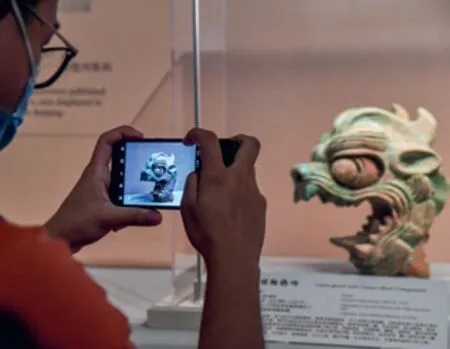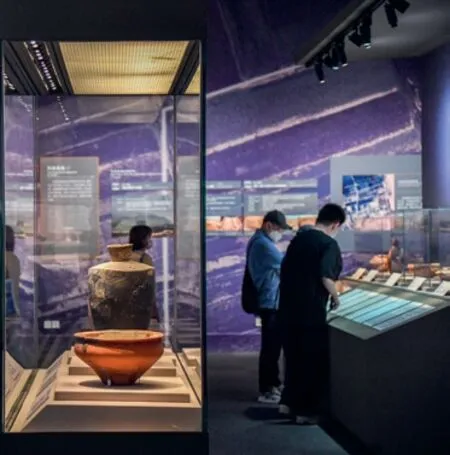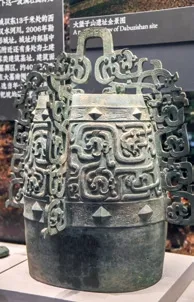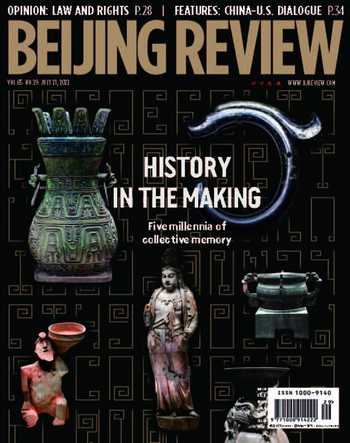Glazed With History
On July 9, the National Museum of China, standing in the heart of Beijing, celebrated the 110th anniversary of its establishment. The museum has engaged in archaeological endeavors for more than a century. A new exhibition titled Profound Accumulation,Far-Reaching Influence: Archaeological Achievements of the National Museum of China honors its achievements in this field.
The exhibition, unveiled on July 2,includes more than 240 artifacts that were excavated from nearly 70 archaeological projects involving the museum, from ruins of the Paleolithic period to underwater cultural heritage, including shipwrecks and other marine-related accouterments,of the Qing Dynasty (1644-1911).
The museum helps visitors better understand ancient Chinese culture by introducing it from the perspectives of different eras in history and wide-ranging archaeological methods. It also unearths the origins of Chinese civilization and reflects the East-West diffusion of artistic traditions through the emergence and evolution of the ancient Silk Road. BR
()
Copyedited by Elsbeth van Paridon
Comments to weiyao@cicgamericas.com

5. A glazed Chiwen (fish-shaped dragon)ceramic roof tile from the Northern Song Dynasty (960-1127). The pottery was unearthed in 1921

4. Carbonized foxtail millet found at the Bancun site in Mianchi County, Henan Province, between 1991 and 1997

1. A collection of artifacts are on display at an archaeological exhibition at the National Museum of China in Beijing

3. Composite skeleton of the largest camel to ever walk the earth. The paracamelus gigas existed in the early Paleolithic period.The species stood at a height of roughly 2.4 meters and was 3 meters in length, about 1.5 times the size of the modern-day Mongolian camel. Its fossils were excavated from the Jinyuan Cave site in Dalian,Liaoning Province

2. A bronze bell unearthed from the Dabuzi Mountain site in Lixian County, Gansu Province, in 2006. This type of bronze bell tells a story of rites, music and innovation in Qin, one of the kingdoms in northwest China during the Spring and Autumn Period (770-476 B.C.)

